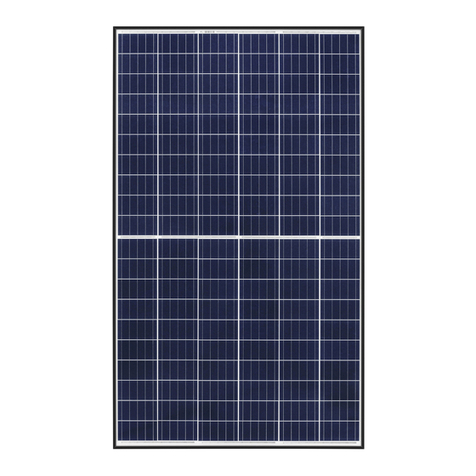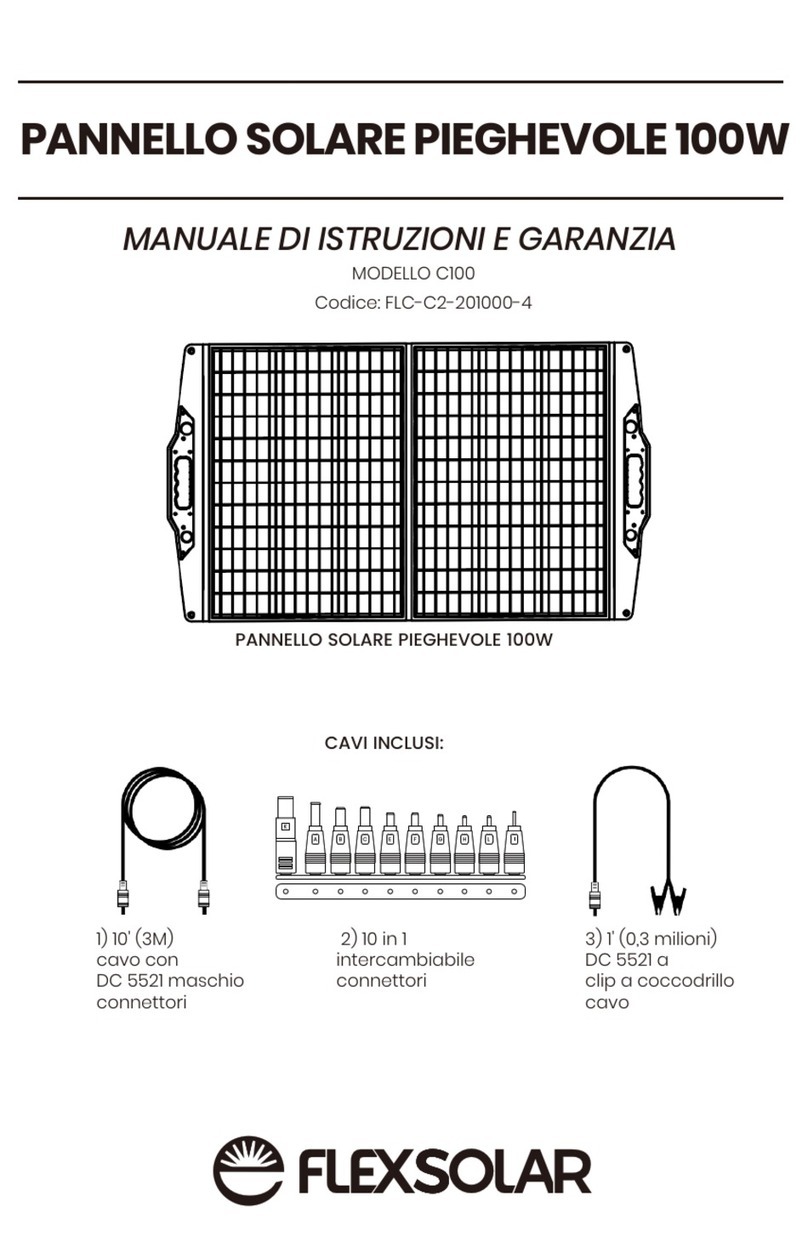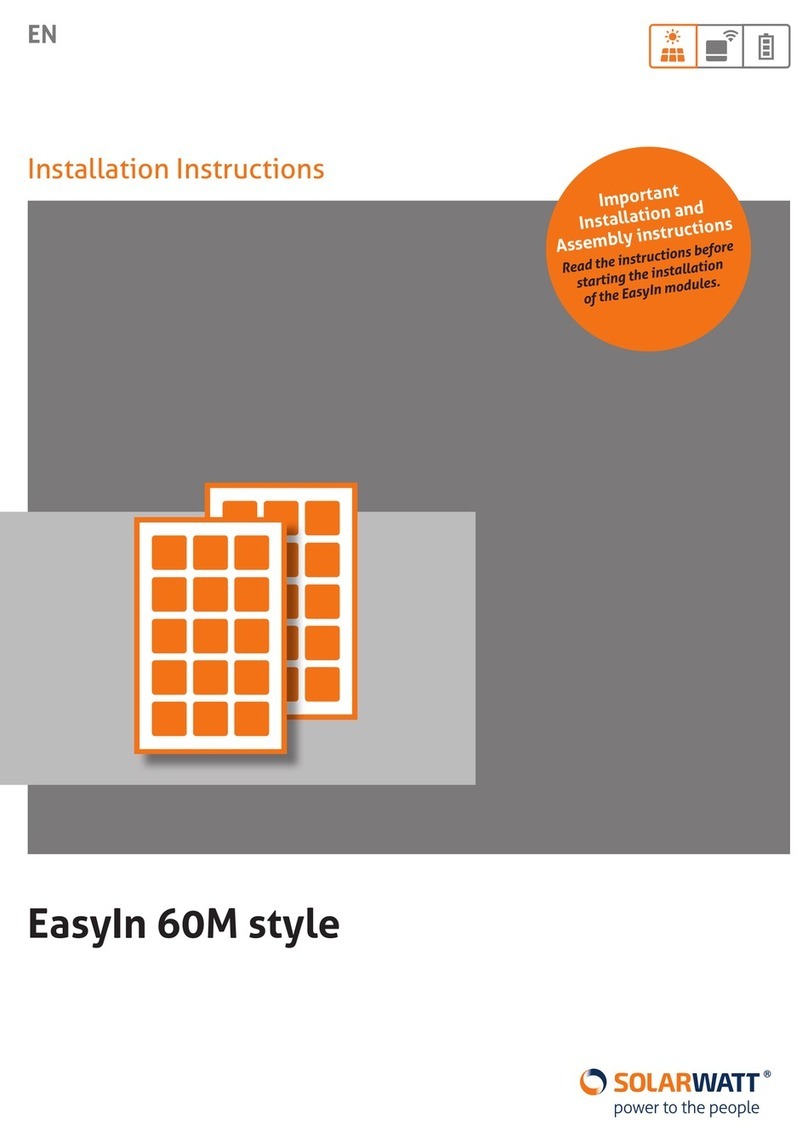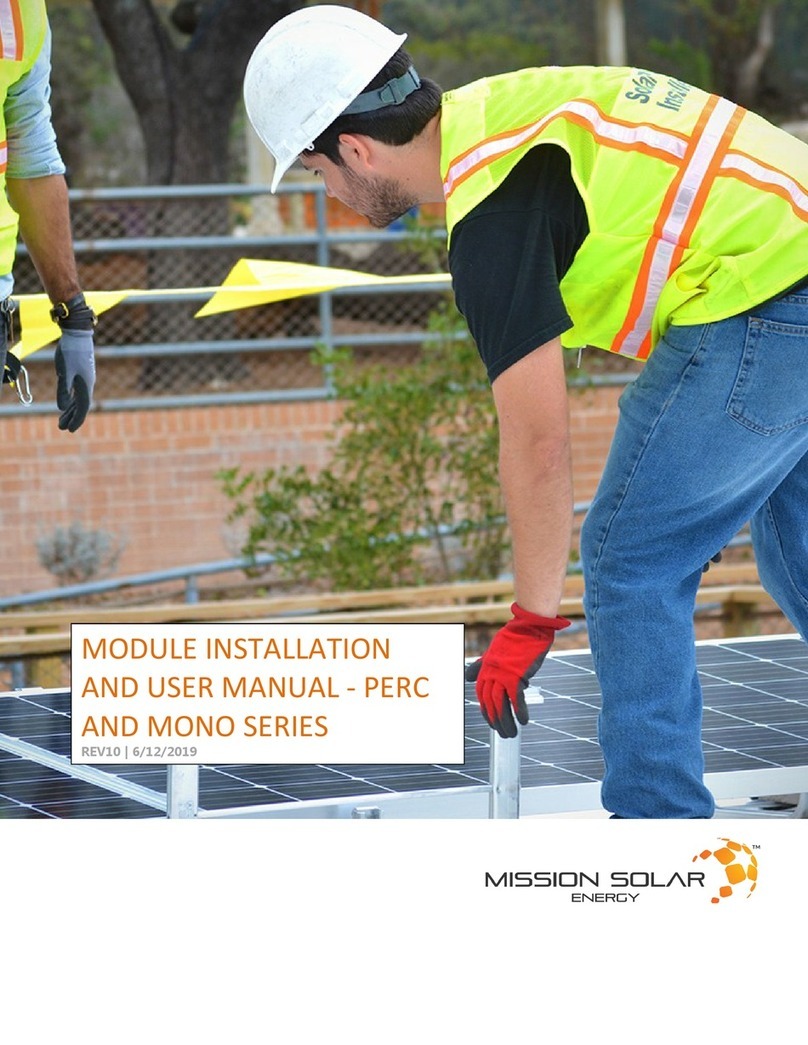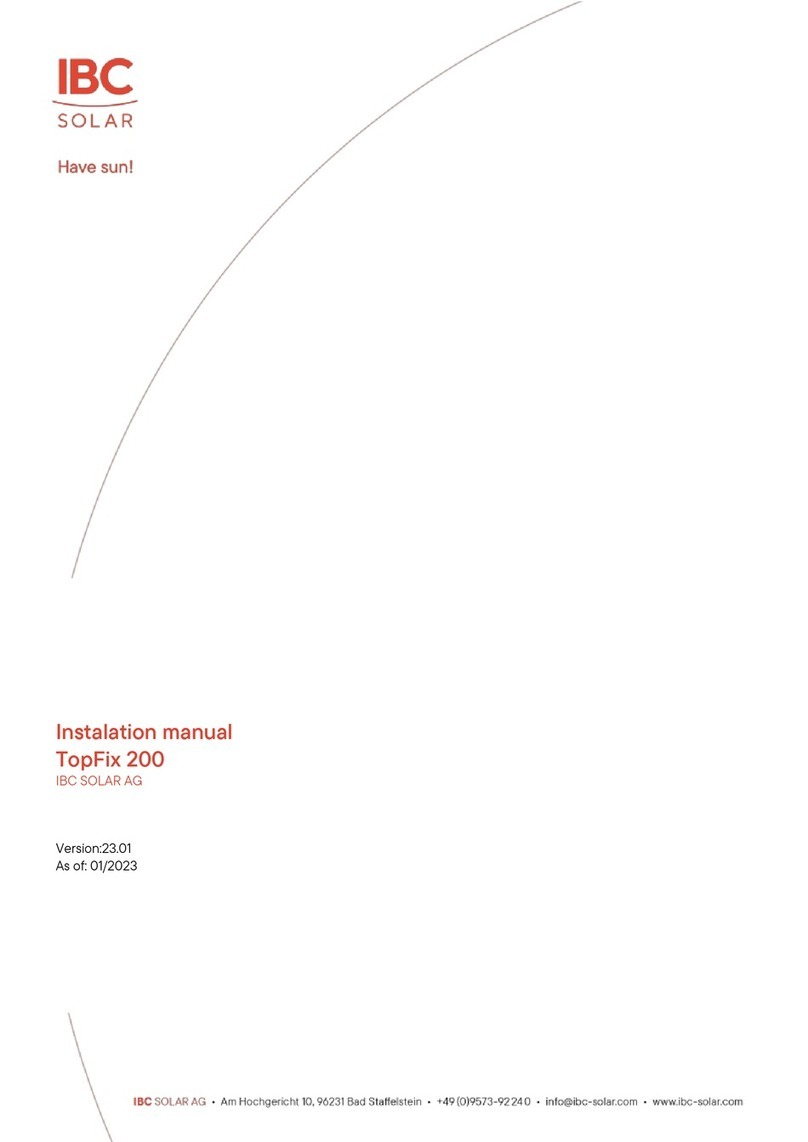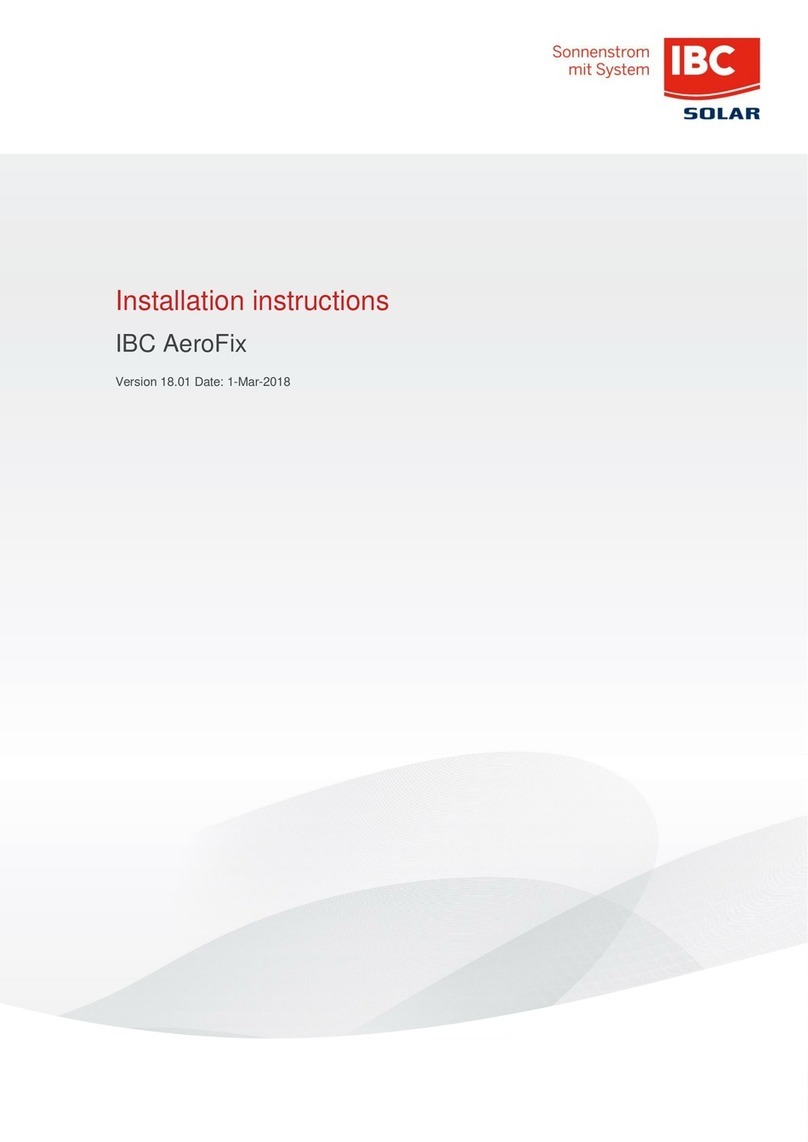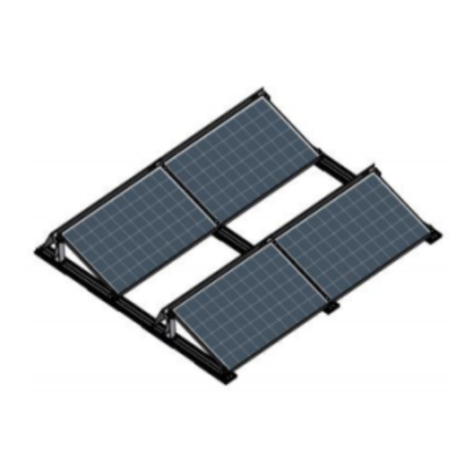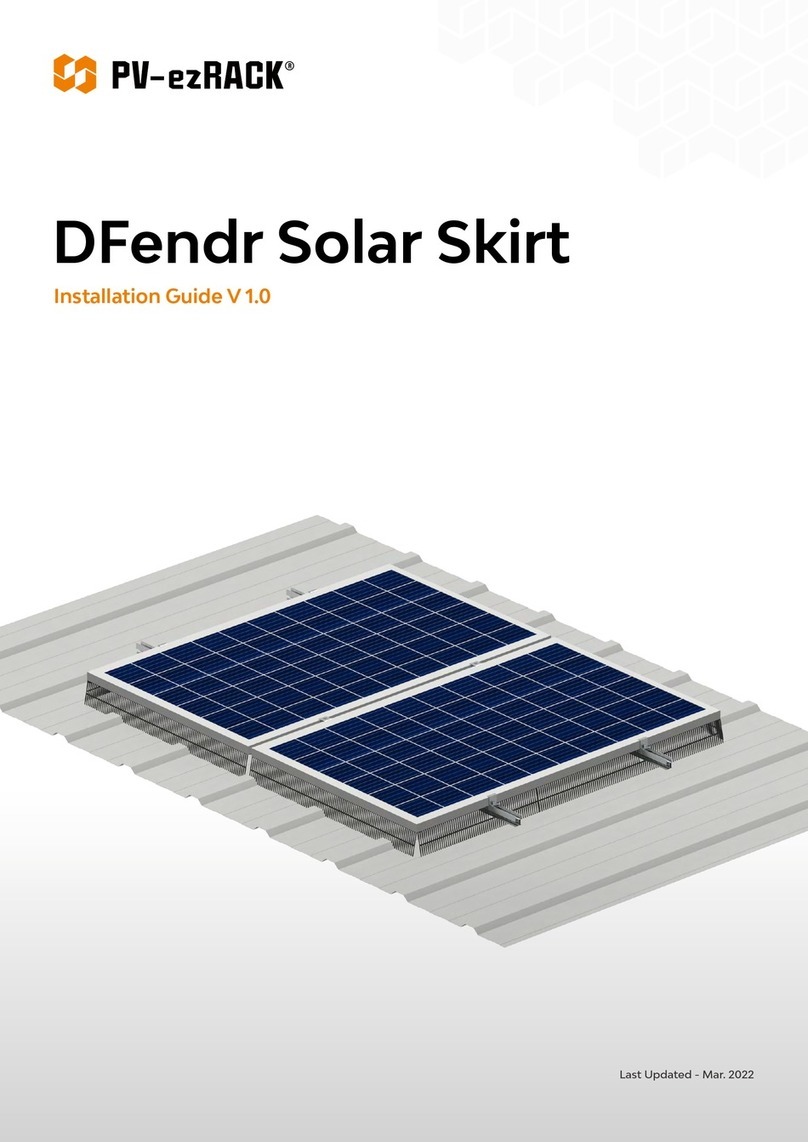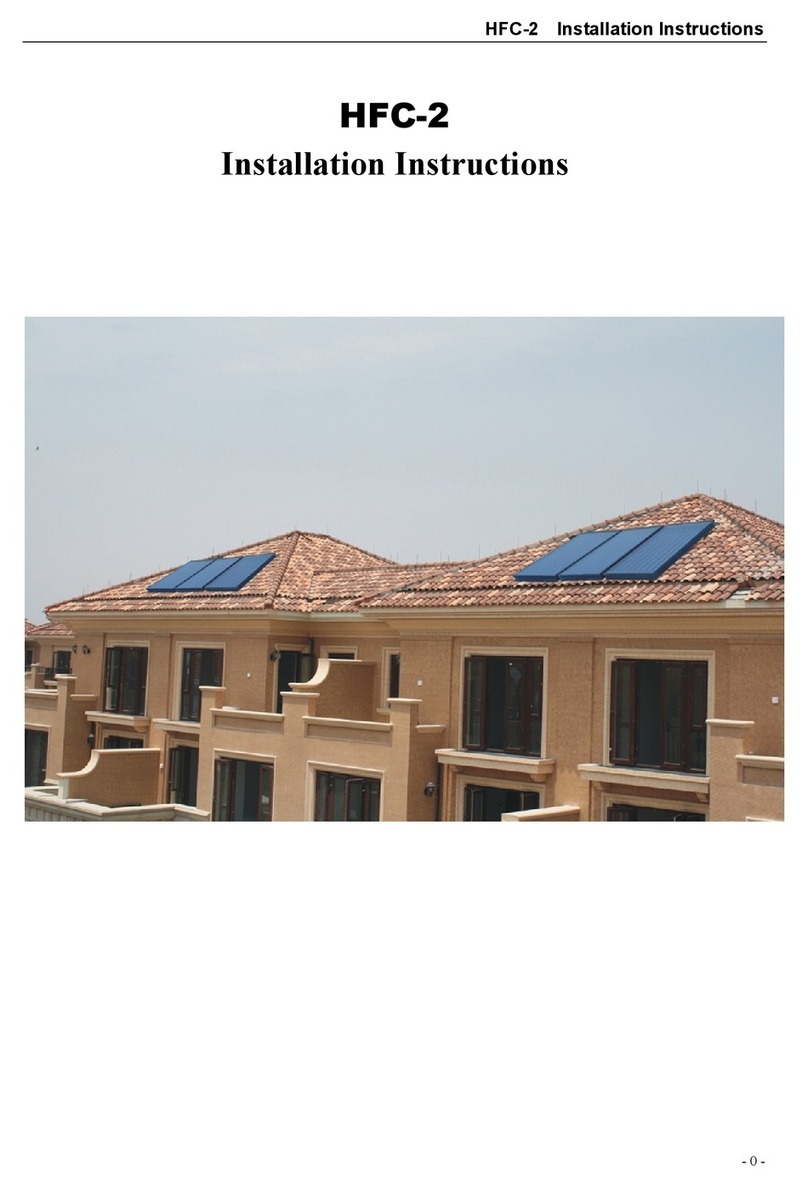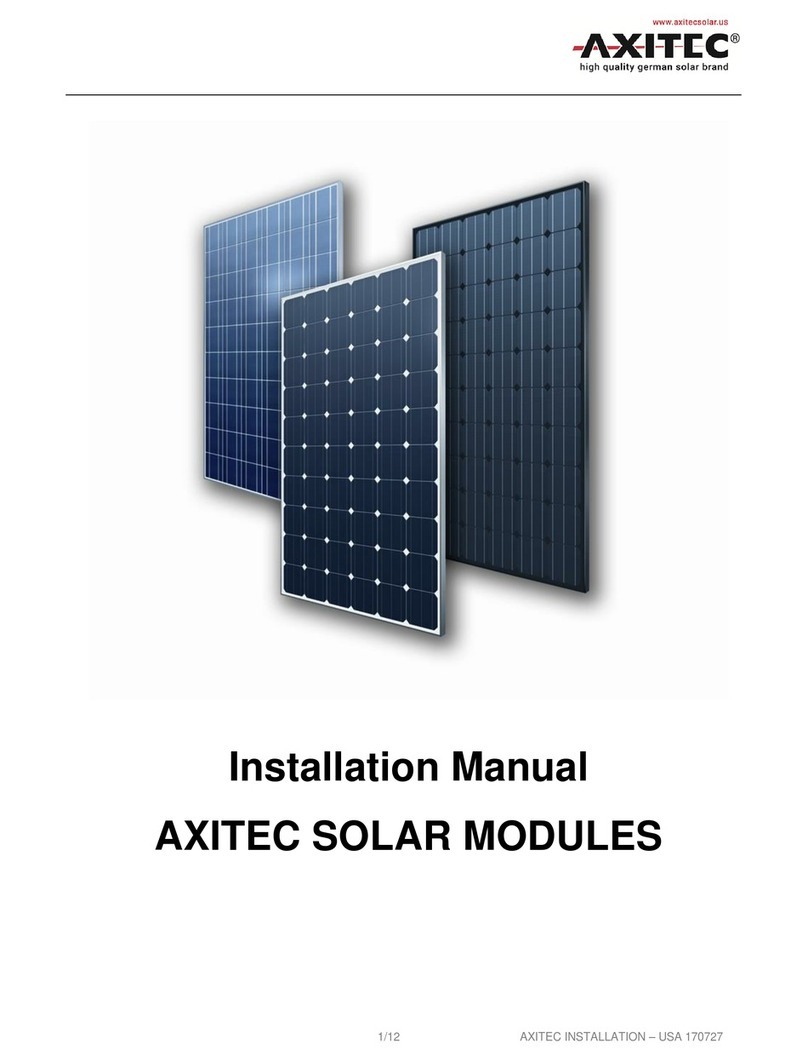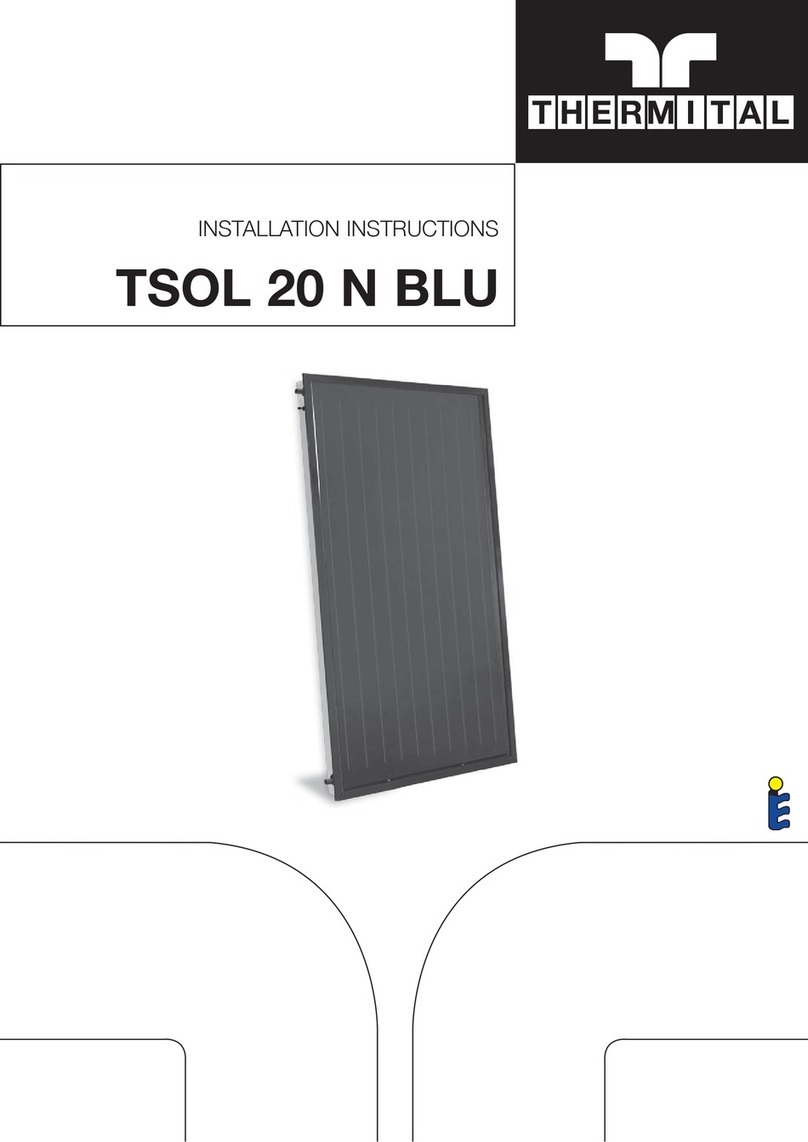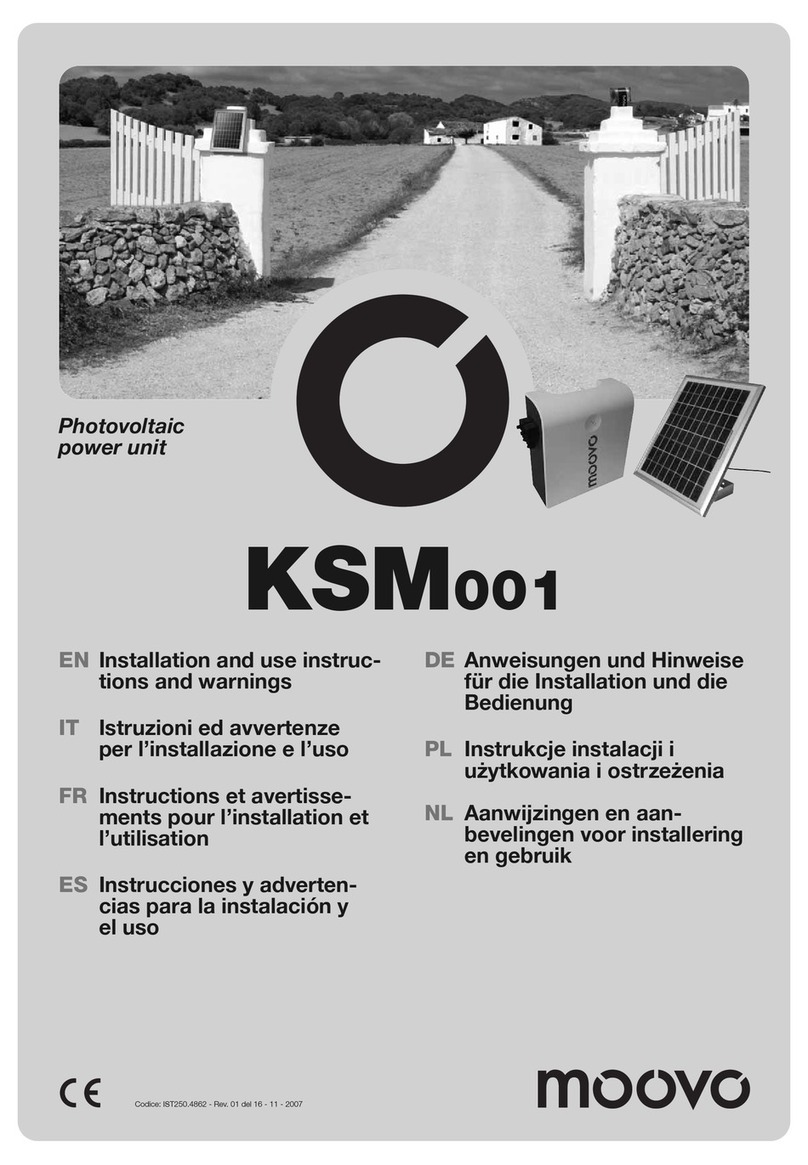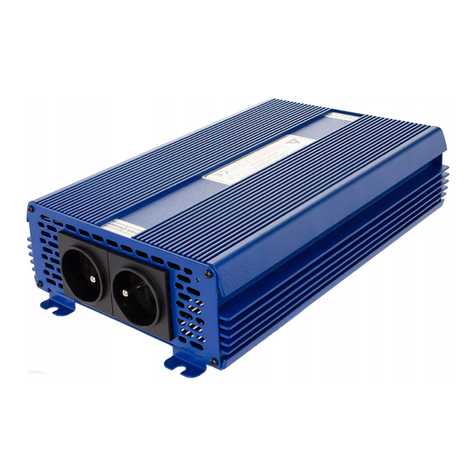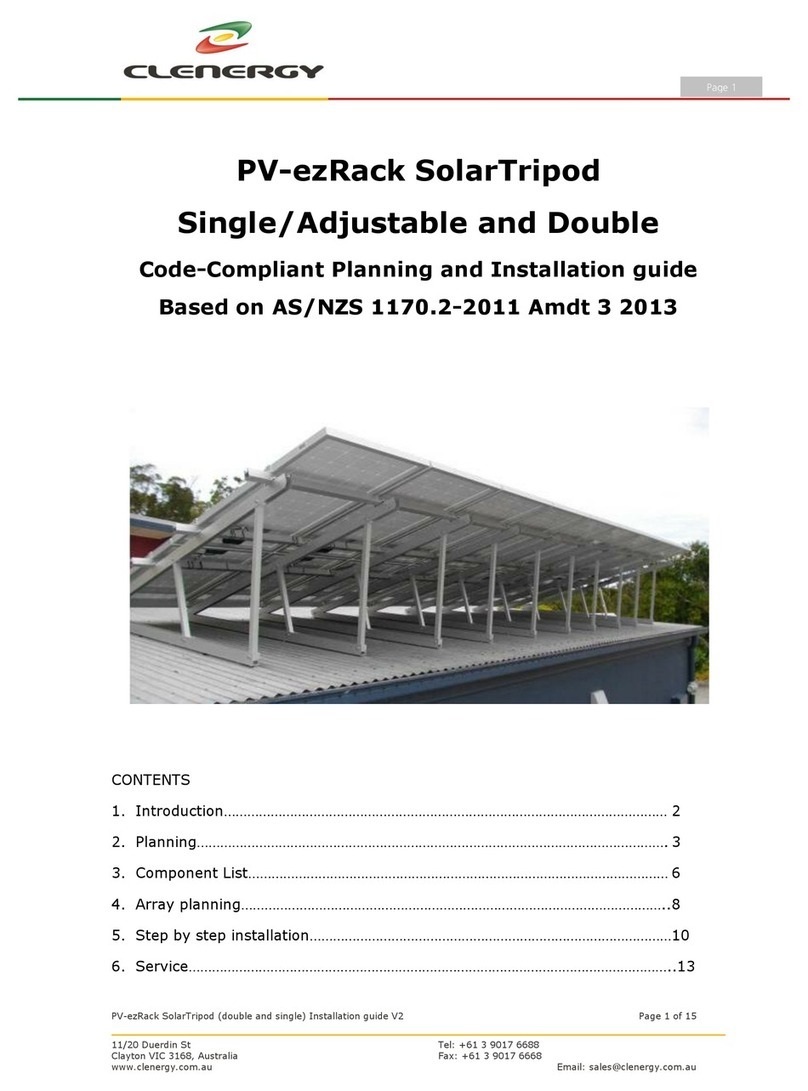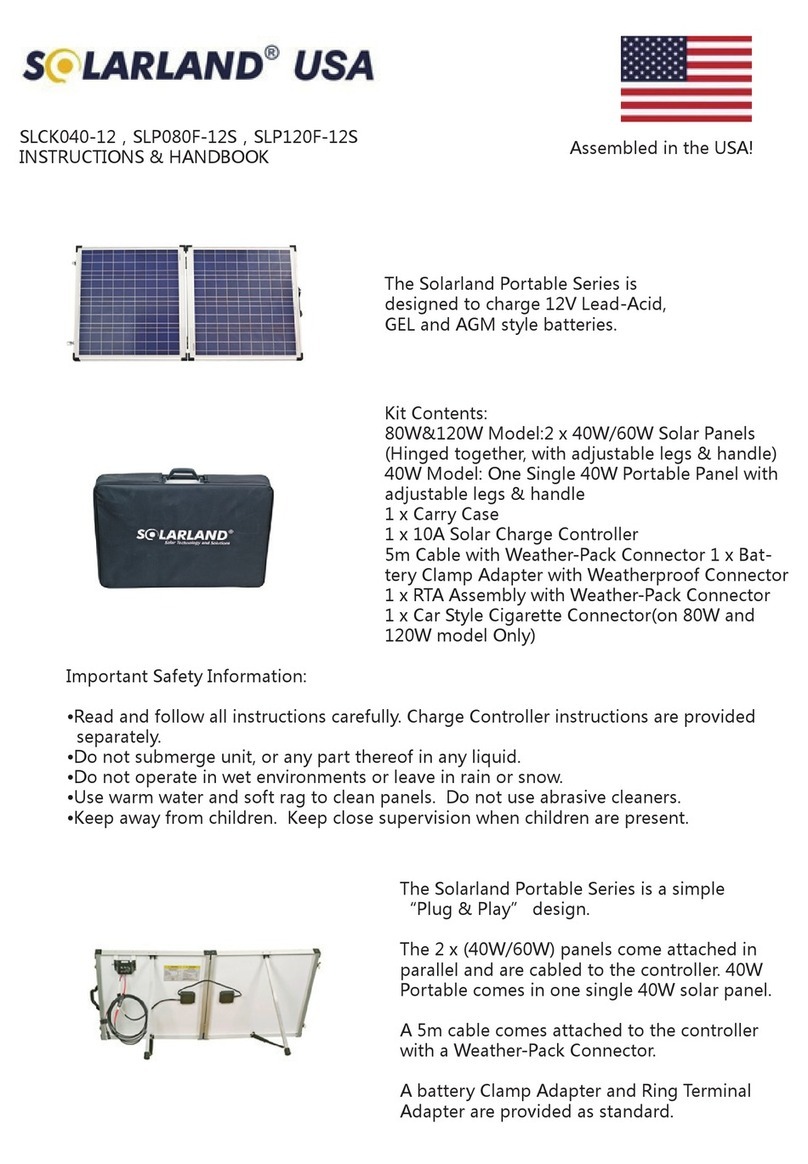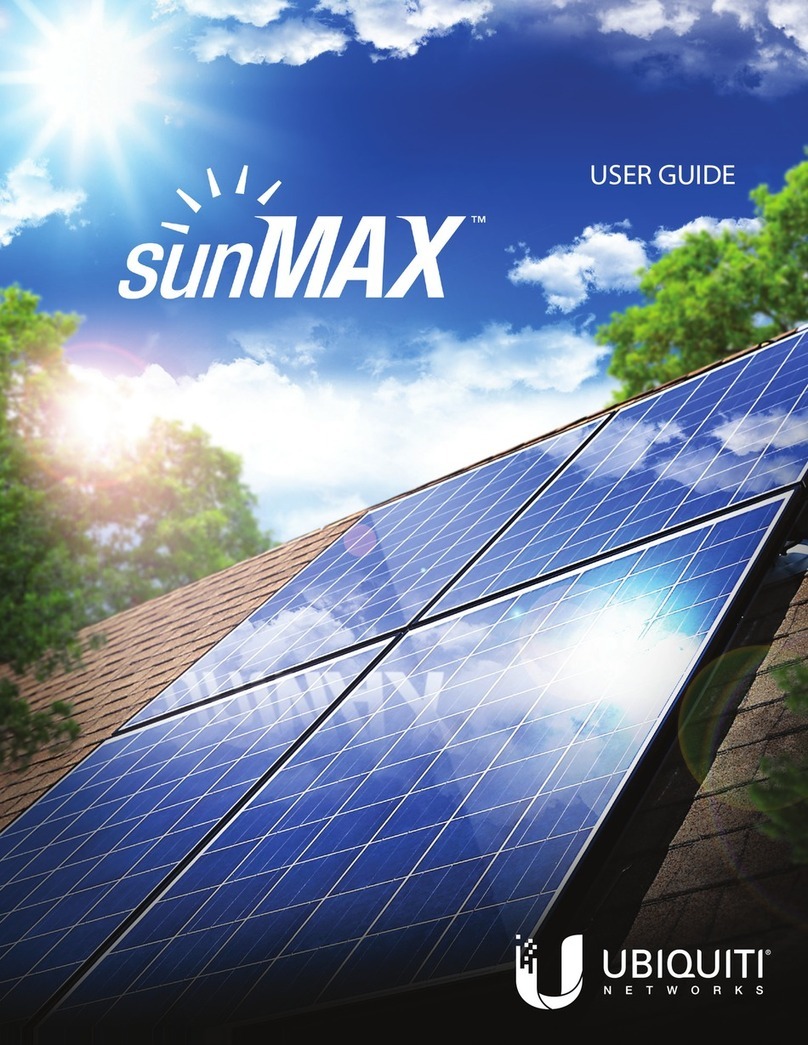
Fire precautions
•Please contact the local authorities to determine the fire prevention regulations and
requirements for homes and buildings.
•Roof constructions and installations can affect a building's fire resistance. Defects in these
areas can pose fire hazards.
•When installing modules on the roof, they should be mounted on a fire resistant covering (or
surface) that is approved for this purpose.
•Components such as ground fault switches, fuses, and circuit breakers may be required.
•Do not place the modules near equipment or areas where gas is produced or can
accumulate.
Electrical installation
•When installing, wiring, operating, and maintaining the module, take all required
precautionary measures to prevent electrical hazards.
•In the case of module or phase voltages of more than 120 V, the extra-low voltage range is
left. Undertake the necessary protection and cautionary measures. Installation, handover,
and maintenance must be performed by a licensed electrician unless the local ordinances
require any other measures for handling electrical systems.
•Contact with DC voltage of 30 V or more is potentially dangerous.
•Do not install modules with different electrical parameters or physical specifications within
the same system.
•The system's maximum open-circuit voltage must not exceed the module's maximum rated
system voltage.
•All IBC SOLAR AG modules are equipped with factory installed connecting cables and
plugs. Their design allows them to be easily installed in series.
•IBC SOLAR AG modules of series PolySol TX are equipped with Multi-Contact® type 4
snap-in connectors. The PV module's plug connection can also be protected using the
pluggable PV-SSH4 safety lock clip available from Multi-Contact®.
•The PV-SSH4 clip is not supplied by IBC SOLAR AG and must be purchased separately. If
the lock clip is installed, the PV module's plug connection can only be unlocked using the
PV-MS tool, which is also available from Multi-Contact®.
•Make sure to use suitable cross-sections and connections that are approved for the
module's maximum short-circuit current when wiring the system.
•When establishing the connections, make sure the polarities of the cables and connection
terminals are correct. Otherwise, there is a risk of damaging the module.
•If the reverse current can exceed the maximum fuse rating specified on the module rear, a
properly approved and certified over current blocking device (fuse or circuit breaker) must
be installed in series with each module or each module string both in the positive as well as
the negative pole of the generator.
•The rated power of the over current blocking device must not exceed the maximum fuse
rating specified on the module rear.
•The module is equipped with factory installed bypass diodes that are located inside the
junction box.
•The junction box is not suitable for modification during installation and must never be
opened. If the junction box is opened, the module warranty will become void.
•Modules suspected of having electrical problems should be returned to IBC SOLAR AG for
inspection and if necessary, repair according to the warranty conditions of IBC SOLAR AG.
•Warning: Connecting modules in reverse polarity to a high current source, such as a
battery, will destroy the bypass diodes. This will render the complete module inoperative.
Bypass diodes cannot be replaced by the user.
